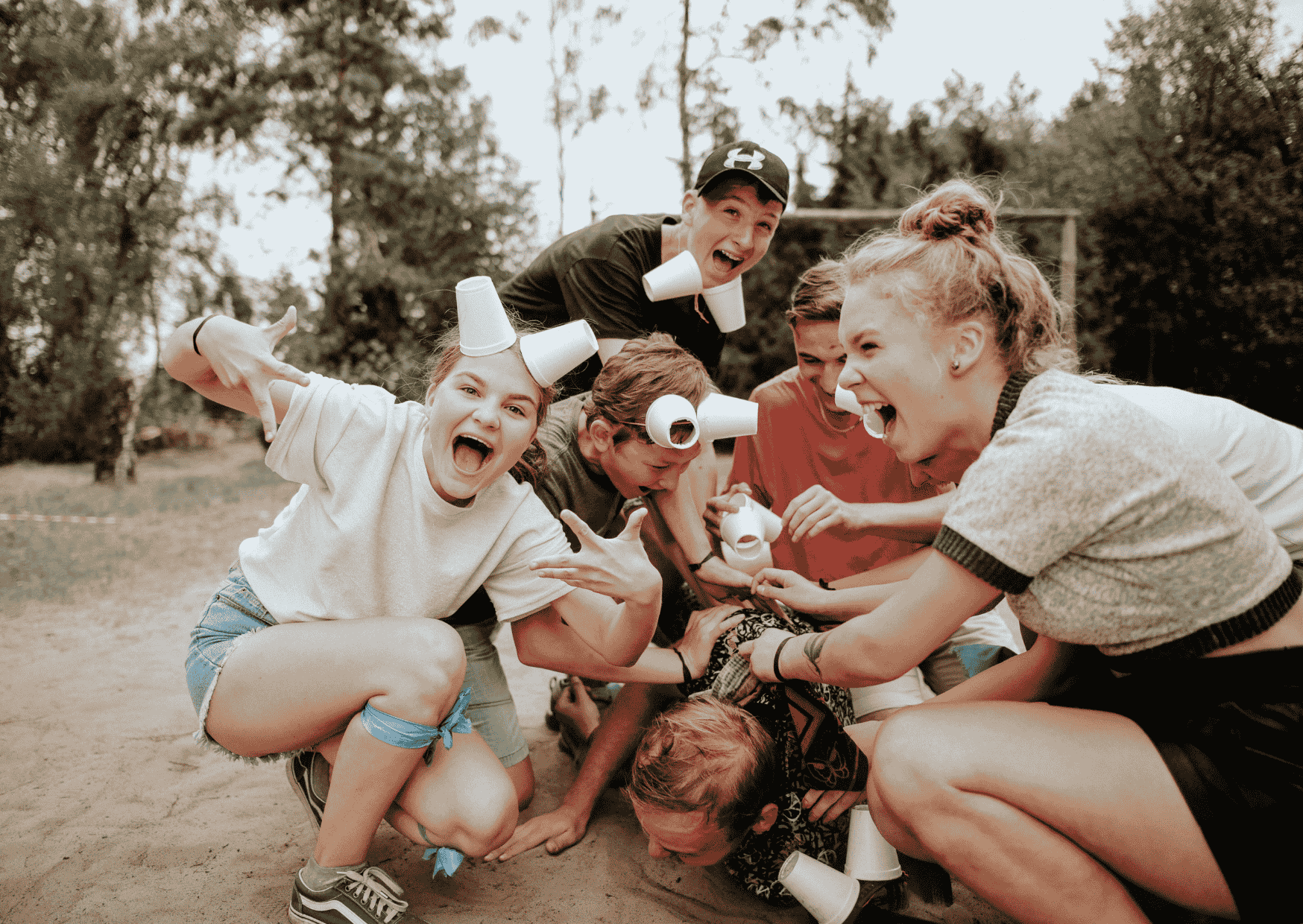When Real Life Meets Mission: Finding Freedom in Organized and Organic Rhythms
I’m often asked what the rhythm of life looks like in our family or missional community. Is it a calendar full of planned activities? Or is it just hanging out when the mood strikes?
The answer is: both.
One of the most helpful ways I’ve learned to think about life together-especially when we’re living on mission-is through two lenses: organized and organic. My friend Mike Breen first shared this idea with me, and it changed how I approach both discipleship and community life.
In the same way a healthy family blends structure with spontaneity, life in a missional community thrives when it holds both in tension.

We Don’t “Schedule” Family
Think about your closest relationships-your spouse, your kids, or your best friends. You don’t limit your connection with them to events on a calendar. You don’t say, “Well, we already hung out once this week, I guess we’re good.” That would be weird, right?
You share life together.
Time together isn’t measured in programs or events. It’s woven into a broader, relational fabric. That’s how real families function. Yes, there are regular, organized parts of life-like dinner, chores, and bedtime routines-but they’re all part of a shared rhythm, not a series of disconnected tasks.
A family doesn’t count how many nights they’ve “done life.” They just live it-together.
When the Two Meet
The best missional communities I’ve been a part of embrace both structured rhythms and spontaneous life. Some things are scheduled. Others unfold organically.
Take a typical family holiday like Thanksgiving. My family has a rhythm for it: Polish food made from Grandma’s recipes, the old Melamine pink platters, a favorite Christmas movie, football on TV. That’s all organized-and beautiful.
But the magic often happens in the in-between:
- The spontaneous jokes in the kitchen
- Long walks to the neighborhood store
- Late-night drives to see lights
- Or just laying around under blankets watching whatever’s on
Discipleship happens in all of the normal, mundane (yet important) rhythms of life together.
Here’s a brief video version you can share with your community:
https://youtu.be/j_tFWDqAcUI
Life in the Cracks
Living on mission means learning to see discipleship as something that happens in the cracks of life.
Yes, some things will be on the calendar. You might have:
- Weekly dinners
- Monthly rhythms for serving
- Intentional one-on-one time
- A rhythm for telling the Story of God
But if those are the only things happening, you’re missing the depth. The most powerful transformation often comes in moments that seem “unplanned.”
-The ordinary conversations while washing the dishes or loading the dishwasher.
-The gospel reminder offered in just the right moment in a conversation.
-The shared celebration of something small.
These are sacred moments that don’t always get scheduled-but they shape hearts.
Want to hear more about how this actually plays out in churches?
First Steps To Becoming a Missional Church
The Cross-Stitch Metaphor
Imagine a piece of cross-stitch art. The blank canvas with the printed outline provides structure-a base to work from. Without it, the pattern would be meaningless. But the real beauty comes from the colorful stitching added over time. That’s what brings the picture to life.
In a missional life:
- The organized rhythms are your canvas.
- The organic interactions are the thread.
You can’t have beauty without both.
If your group is feeling stuck or unsure how to regain momentum, this article can help:
Jumpstarting, Restarting or Resurrecting Your Missional Community (from Caesar’s original Everyday Disciple archive)
3 Rhythms to Start With
If you’re not sure where to begin, here’s a simple framework:
- One weekly family-style meal (organized)
- Shared errands or open-door hangouts (organic)
- Weekly storytelling or reflection (organized)
Then create space for interruptions and informal moments. These are the moments that often lead to discipleship, healing, and gospel renewal.
A great place to start is around the dinner table:
Family Dinner Night (from Caesar’s original Everyday Disciple archive)
Stop Choosing Sides
I’ve seen it so many times-communities that burn out on structure, so they toss it all and go full organic. Or they overcompensate by programming every interaction.
But living on mission is more like parenting:
Organized enough to keep the family moving… but loose enough to be human.
That’s why I created this step-by-step lifestyle discipleship plan to help communities get started:
Discipleship as a Lifestyle
Use it to build everyday rhythms of disciple-making into real life.
FAQs
Q: Isn’t being too organized inauthentic or forced?
Not if your structure creates space for others to show up and grow. Organization is a gift when it serves people, not the other way around.
Q: How do we know when we’ve “got the balance right”?
When people feel invited into rhythms-but not obligated. You’ll see discipleship conversations happening naturally and regularly.
Q: What if my group only wants to “hang out”?
Model intentionality. Gently introduce small but meaningful elements-a story, a prayer, a reflection. Over time, they’ll see the fruit.
Conclusion
Whether you naturally lean toward structure or spontaneity, remember: Jesus lived both.
He withdrew for planned prayer. He walked slowly enough to be interrupted.
Missional life is sustainable when it’s both intentional and interruptible.
So don’t just plan more things. And don’t just hope “organic” happens on its own.
Build rhythms that feel like family-and leave space for the Spirit to move.
And if you’re still wondering how this balance impacts outreach, read this next:
Should You Focus on Discipleship or Evangelism First? (from Caesar’s original Everyday Disciple archive)



